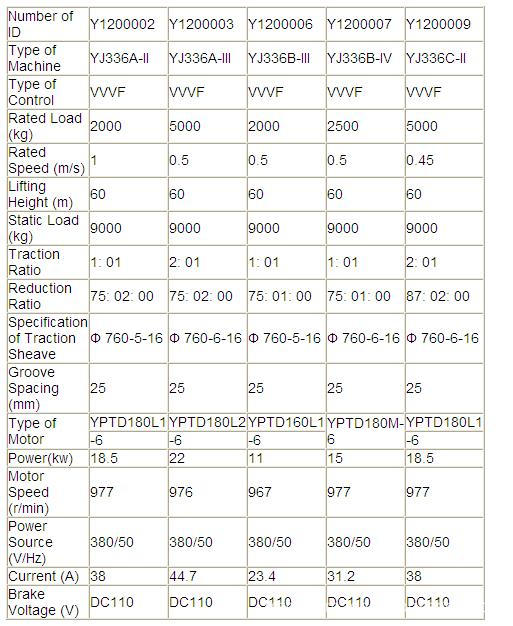Plastics are primarily composed of synthetic resins. The term "resin" originally referred to natural substances secreted by plants and animals, such as rosin or shellac. However, in modern usage, resin refers to a polymer that has not been combined with any additives. Resin typically makes up between 40% and 100% of the total weight of a plastic material. While the fundamental properties of plastics are largely determined by the type of resin used, additives also play a significant role in modifying characteristics like flexibility, durability, and color.
Some plastics are made almost entirely of synthetic resins, either with or without additional components. Examples include acrylic (plexiglass) and polystyrene. In essence, plastic is a type of synthetic resin, named for its resemblance to natural resins like pine sap, but it is called "plastic" because it is produced through chemical synthesis.
According to the American Society for Testing and Materials (ASTM), plastic is defined as a material whose main component is a high-molecular-weight organic compound. It takes on a solid form during processing and can be molded into various shapes due to its ability to flow during manufacturing.
From this definition, we can conclude several key points:
1. Plastics are high-molecular-weight organic compounds.
2. They can exist in different forms, such as solids, liquids, or colloids.
3. They are moldable and can be shaped during production.
4. There are numerous types of plastics, each with unique properties.
5. They are used in a wide range of products, offering diverse applications.
6. Each type of plastic has distinct characteristics.
7. Different processing methods can be applied depending on the desired outcome.
In many cases, the terms "plastic" and "resin" are used interchangeably, although they are not exactly the same. Understanding the distinction helps in better grasping the nature and versatility of these materials.
Jiuzhi Plastics Network
-
Elevator Traction Machine
While there is a wide range of elevators to fit every need, they fall under three basic types: machine-roomless, gearless traction and geared traction.
Traction elevators are the most common type of elevators. Elevator cars are pulled up by means of rolling steel ropes over a deeply grooved pulley, commonly called a sheave in the industry. The weight of the car is balanced by a counterweight. Sometimes two elevators are built so that their cars always move synchronously in opposite directions, and are each other's counterweight.

Elevator Hoisting Machine, Traction Machine Supplier, Geared Machine, Elevator Machine, Mini Traction Machine, Elevator Traction Motor
Ningbo Xinda Elevator Traction Technology Co., Ltd. , https://www.xinda-elevator.com